How the toys and totems of the 1970s shaped a lifelong love of sports

The following is excerpted from Sting-Ray Afternoons by Steve Rushin. Copyright © 2017 by Steve Rushin. Used by permission of Little Brown and Company. All rights reserved.
Bananas and Mississippis. They're the two major currencies in the South Brook subdivision of Bloomington, Minn., in the 1970s. Before rushing the quarterback in backyard football, a defensive lineman must count out five Bananas or three Mississippis, an exchange rate—one Mississippi is equal to 1.66 Bananas—that was fixed by previous generations of children and never fluctuates. The big brothers of Bloomington have passed down to us a thousand bits of suburban street wisdom: the coordinates to the Playboys hidden in the reeds near Nine Mile Creek, the full lyrics to "Jingle Bells, Batman Smells" and the proper way to curve a hockey stick over the red-hot coils of the cooktop. But foremost among these are Bananas and Mississippis.

Sting-Ray Afternoons: A Memoir
by Steve Rushin
It's a story of the 1970s: an utterly fond, psychedelically vibrant, laugh-out-loud-funny portrait of an exuberant decade.
"Suckers Walk" is another rule of backyard football. The team that just scored a touchdown gets to remain at that end of the field, while the just-scored-on "suckers" must walk in shame to the other end of the yard to receive the kickoff. That "kickoff" is always thrown, never kicked. Which isn't to say we don't enjoy kicking footballs. On the contrary, there is an irresistible impulse among the boys of suburban Minneapolis to put our gym shoes of varying stripe and quality through a prolate spheroid.
To aid us in this pursuit, Vikings placekicker Fred Cox, known to all in Bloomington as Freddy the Foot, has done what Parker Brothers couldn't do: he has invented the Nerf football. Parker Brothers had been trying to make a Nerf football to follow the wild success of their Nerf basketball, which upon its introduction in 1972 turned every wood-grained-laminate bedroom door into a basket support. But the same foam rendered as a football didn't feel or fly right, so Parker Brothers bought Freddy's instead. Cox used injection molding to make a football that is heavier than the basketball, with a durable skin—the perfect size and weight and density for throwing and kicking in the backyard.
And so the air in South Brook is thick with flying footballs. The Vikings are in the middle of their glorious 1970s run of four Super Bowl losses. Every Saturday night on CBS, Mary Tyler Moore washes a blue Mustang in her Fran Tarkenton jersey, and these three things—sweet Mary, her oversized Hot Wheels car and that purple number 10 jersey of the Vikings quarterback—hit the holy trinity of my grade-school longing. They are the three objects of my eight-year-old's lust.
America in 1974 has more children aged 12 to 17 than the country has ever had before. (It will be 30 years before this record is eclipsed.) Bloomington is also in full bloom. Its school enrollment will never be higher. All this kinetic energy, in search of release. Playboy, in November 1972, had its best-selling issue of all time. But I am finding my outlet in sports—the Bloomington Athletic Association claims to be the largest all-volunteer youth sports organization in the U.S.—and in one sports discipline in particular: kicking Nerf footballs (and their rival rubber Itza balls) over the crossbar of our swing set.
When my best friend's dad comes home from his dental practice, having stopped at LeMar's or the VFW hall for a brandy Manhattan, Dr. Terry McCollow will take the frozen football from our hands and drop-kick it straight between the uprights of two barren elm trees without even setting down his briefcase.
Then Mike McCollow and I will resume our field-goal-kicking contest. Perhaps it's happening everywhere in America. "Drop Kick Me Jesus (Through the Goalposts of Life)" will soon be a hit on the radio, and in all these backyards that our backyard backs onto, the boys of South Brook are kicking field goals. Even at our school desks, or at the dinner table, we finger-flick footballs—tightly folded triangles of Mead notebook paper—through the uprights of our opponents' raised index fingers.
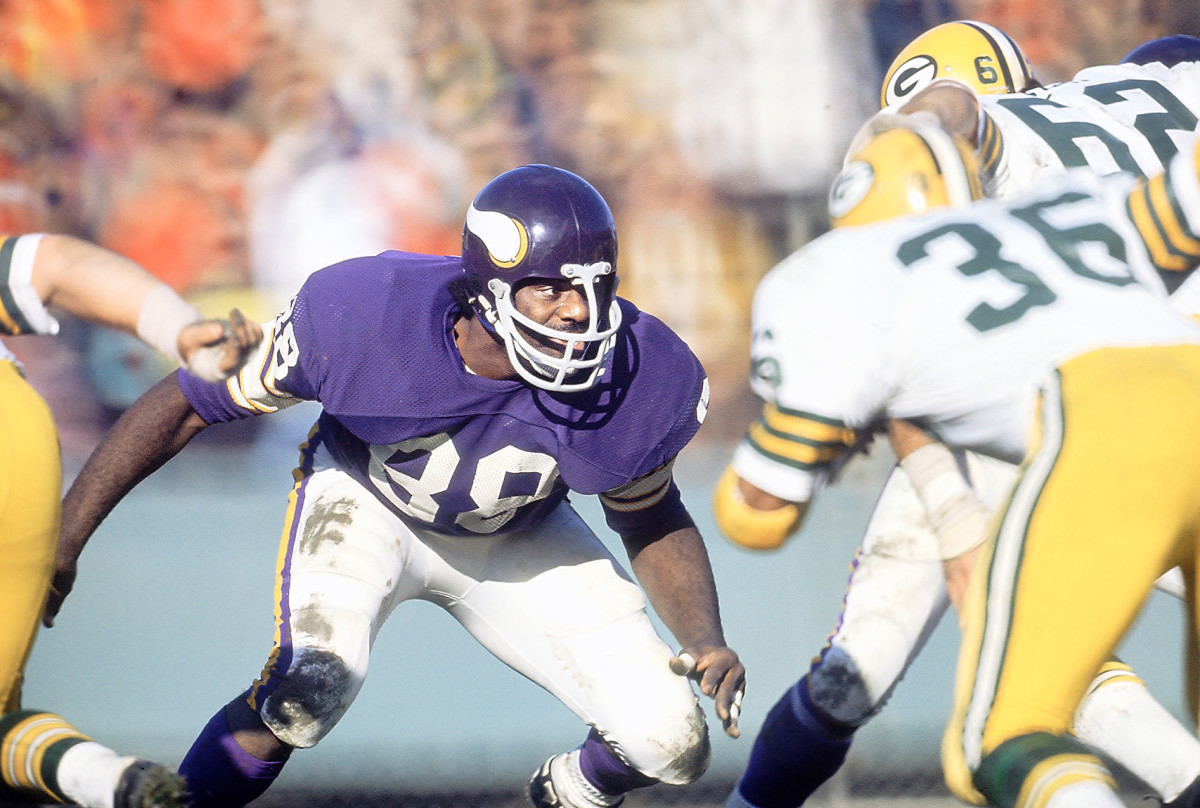
My own dad—traveling the world on a 747 for the 3M Company, selling 8-track tapes—tells me that the kids in Germany and Italy have the same compulsion to kick soccer balls, and I've been told by older kids in the neighborhood whose knowledge is unimpeachable that Adidas stands for "All Day I Dream About Soccer." Nerf is rumored to stand for "Non-Expanding Recreational Foam," another bit of the bottomless lore handed down from the older generation.
Freddy the Foot is not the only inventor who recognized this odd but undeniable desire in the youth of the Twin Cities to kick a football as far and true as possible. Years ago, a few towns from Bloomington in suburban Robbinsdale, a mailman named William Herbert Schaper in his spare time invented a game called Cootie, which he sold to Minnesota's own Dayton's department stores, which in turn sold them to a grateful public. In 1949, he started the W.H. Schaper Manufacturing Co., which went on to create Ants in the Pants, Don't Break the Ice, and other games that found novel use for plastics, games that now idle on shelves in our neighbors' basements.
But the greatest of his company's brainchildren is Super Toe, which fills a need in the 1970s for a plastic placekicker figurine that kicks plastic footballs great distances through plastic uprights whenever I bash it over the head with my fist.
I can now kick footballs in my bedroom through my plastic proxy, Super Toe, or kick them in the backyard for real with the Nerf football. The Nerf football will become the best-selling football of all time and earn Fred Cox royalties for the rest of his natural existence. It has also earned him my undying admiration, and these elements conspire to make my hometown Ground Zero for backyard football.
Before football season, we play baseball. As in backyard football, baseball has its own rules: we play "Pitcher's Hand"—no runners can advance a base once the ball has been returned to the pitcher. "One Base on an Overthrow" always applies. There are "Ghost Runners," invisible men on the base paths, proxies for all the players we don't have.
The seasons in South Brook aren't Summer, Winter, Fall and Spring but rather Baseball, Football, Hockey and Street Hockey. We have more words for hockey than the Eskimos have for snow. (We also have more snow.) We play street hockey, floor hockey, table hockey, air hockey, sock hockey, boot hockey and our own variation called box hockey, in which broken, bladeless sticks drag a puck through slots in a wooden box, custom-built for the purpose.
My little brother, John, the youngest of the five Rushin children, turns two in 1974, so we stand him upright in the hockey goal in our basement and fire tennis balls at him. His waffle board is made from a piece of wood paneling duct-taped to a hockey glove. He wears a first baseman's mitt on the other hand. When our tennis ball disappears behind the furnace, we decapitate my sister Amy's doll and use Baby Tender Love's head as a hockey puck.
There are hockey rinks in all the city parks. We rest in warming houses. The warming houses are incubators, hatching hockey players. Bloomington is a hothouse. It cultivates athletes.
The Minnesota North Stars play in Bloomington at Met Center. Our neighbor Mr. McCartan won a gold medal as the goalie on the 1960 Olympic hockey team. Our neighbor Mr. Stange is the Twins' pitching coach and used to play for the Red Sox. Our neighbor Mr. Fischer was on the cover of SPORTS ILLUSTRATED as a member of the Vikings' chain gang. Mr. Crump, whose son Andy is in my class at Nativity of Mary, is the Twins' equipment manager. Every February, Andy disappears from class for spring training, and he returns in April with pocket schedules and promotional posters and other goodies for the class. Mr. Chaika, whose son Troy is also in my class, runs the Holiday Inn by the airport where the Vikings stay the night before home games. Bloomington is a sports version of the San Fernando Valley, where everyone is in service to the film industry. But we are key grips to the Twins, best boys to the Vikings, stage managers to the North Stars, valets to Rod Carew and Alan Page and J.P. Parise.
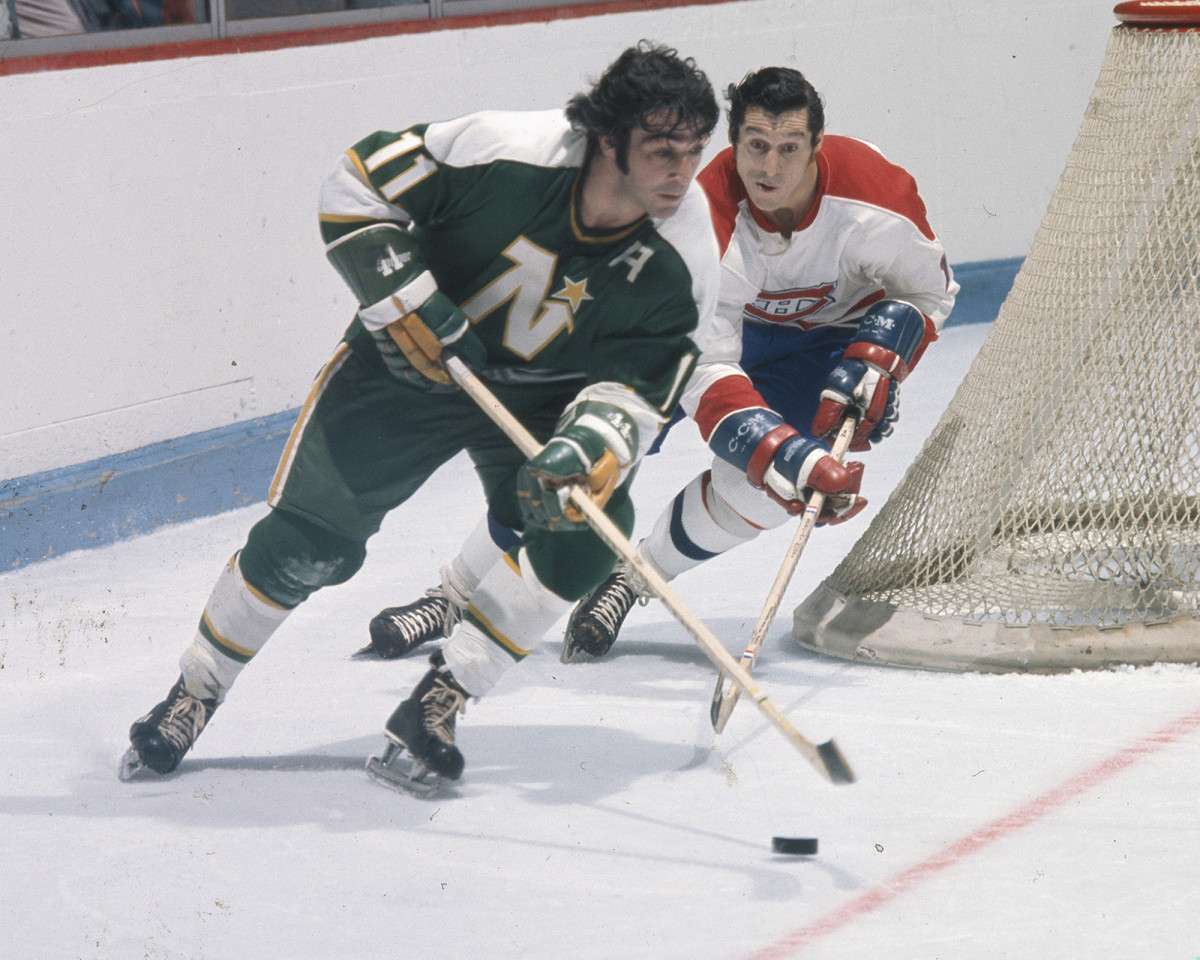
The children of South Brook want to grow up to be these famous people. And so we try every day to accelerate aging, to become grown-ups. We all want to have the toothless smile of the helmet-less heroes who play professional hockey at Met Center. Until then, we smoke candy cigarettes, and press lunch meat into our cheeks to imitate the tobacco chaw of Rod Carew, and carry cap guns that resemble Saturday-night specials. We drink Hawaiian Punch and crush the Dixie Riddle Cups in our tiny fists at the basement bars of our neighbors' houses.
To hasten the arrival of adulthood, we ride Schwinn Sting-Ray bicycles modified to look and sound like motorcycles. It is a thing of beauty, a row of Sting-Rays parked in a driveway as if in the parking lot of a biker bar, our kickstands slowly sinking into the blacktop. Every driveway in South Brook is like that in the summer of 1974: kickstand quicksand.
I'm a product of the 1970s. Like other products of that age—the Boeing 747 and the Schwinn Sting-Ray bicycle—I was conceived in the '60s but fully flowered in the decade that followed, when I saw my first Sting-Ray through a heat shimmer on West 96th Street in Bloomington. It was electric green—called "Flamboyant Lime" in the catalog—with "ape-hanger" handlebars and a banana seat bedazzled with glitter. These were little silver flakes embedded beneath a rubberized clear-coat, so that a Sting-Ray seat shone like the kitchen linoleum in a Mop & Glo commercial.
Everything gleamed or glinted on TV in the '70s, from the "flavor crystals" in Folgers coffee to the yellow dentures dipped in Polident and instantly restored to pristine, piano-key whiteness. This cleansing was often done by a fastidious mascot: Mr. Clean or the Ty-D-Bowl man or those kamikaze Scrubbing Bubbles, who scoured the tub, then dived to their death down an echoing drain.
My mother was a fastidious mascot in her own right—a Swiss Army knife of housekeeping implements, armed to the teeth with feather duster and Bissell broom and lemon-scented Pledge. With the ease of a riverboat poker dealer, she could flick five coasters beneath as many sweating Kool-Aid glasses from 10 yards away.
She often found me, the idlest of her five children, beached on a burgundy love seat, watching a wood-paneled Zenith that was camouflaged in a wood-paneled living room. "Stop gathering dust," Mom said, while she gathered up dust. When Mom snapped off the TV, the image shrank toward the center, as if also disappearing down a drain. I passed my hand across the warm surface of the screen. It crackled with an electromagnetic force field, literally drawing me to it, the fine hairs on my arm bending toward its bottle-green glass.
"Out," Mom said. A banana-yellow finger, gloved in Playtex, pointed to the screen door.
Among the many reasons not to go outside in Minnesota in the 1970s were snakes, tornadoes, mosquitoes, stray dogs, dragonflies, gnats, bees, killer bees, wasps, ticks and—to judge by a terrifying line repeating on the radio—"alligator lizards in the air." More fearsome still were bullies and "hippies," who hung out in the elm trees in the park across the street, many of which were marked for execution—the trees, not the hippies—with a spray-painted x, the scarlet letter of Dutch elm disease.
Of the many perils of being out-of-doors, the worst by far was boredom. "There's nothing to do," I'd say.
"Find something," Mom replied.
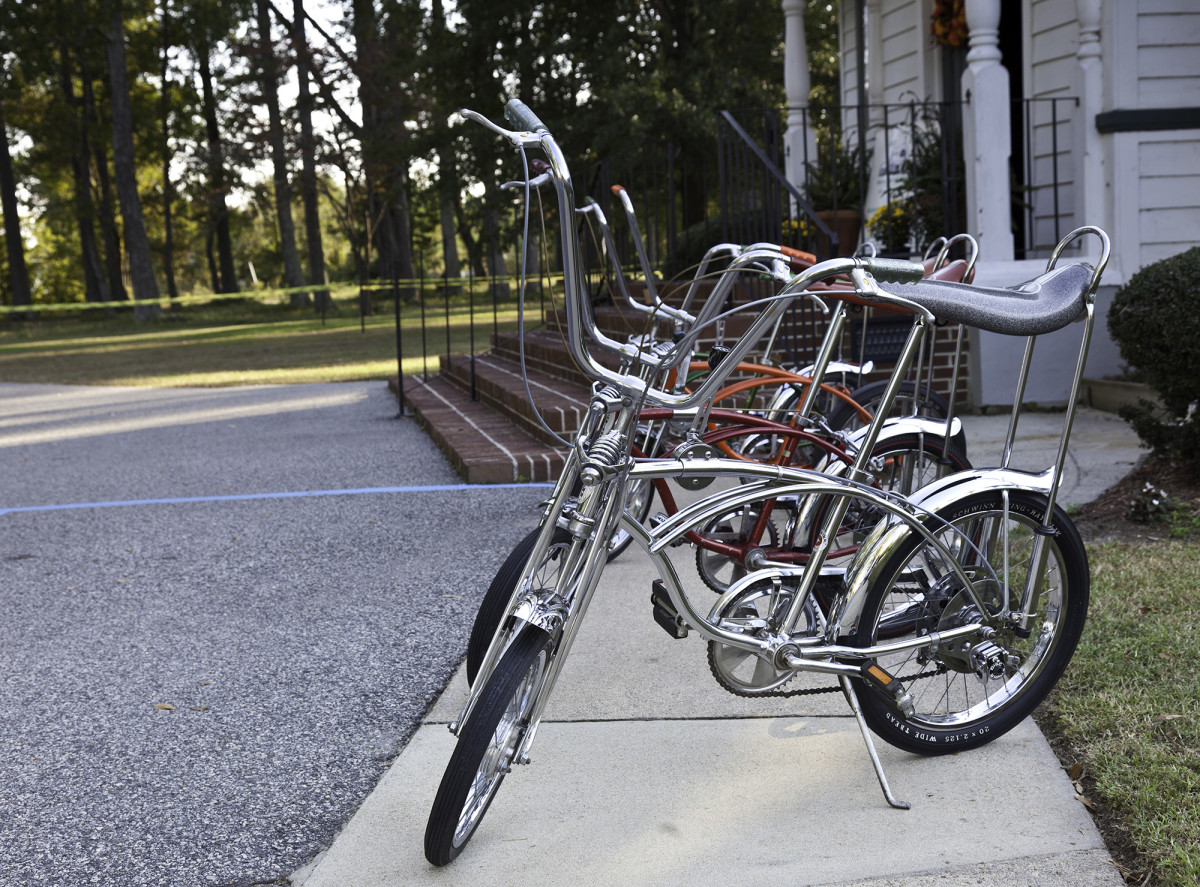
With the empty afternoon hours stretching to the horizon, I headed soccer balls in the driveway, keeping a meticulous account of my personal record for consecutive touches, which eventually ran into the hundreds. I shot hoops on the basket bolted to the pole placed halfway down our sloped driveway, so that the rim was 12 feet high from one baseline, eight feet high from the other. I bashed tennis balls against the brick wall in the garage with a Wilson T-2000 racquet, or hit fungoes to myself in the front yard, towering pop flies that I'd try to catch barehanded. Settling under what baseball announcers always called a tall can of corn, I'd compose lines in my head for Carnac the Magnificent, Johnny Carson's soothsayer who was given the answers and then had to divine the questions on The Tonight Show.
Fungoes.
What goes when Mom kicks me out of the house?
I love wordplay, love the sound of those repeated syllables in Bananas and Mississippis. But wordplay isn't play play, and so Mom hectors me to go see if Kevin Sundem is home. Through the backyards—I know them intimately, and intimate is the right word for the bras and bedsheets drying on all the clotheslines, throwing off their scent of Tide.
At Kevin's house, I ring the bell and his mom sweeps the door open, yells "Kevin!" and returns to the kitchen.
Out pops Kevin. All I say is "Garage?"
"Garage" is an abbreviation of Garage Door Baseball, in which a batter stands in front of the garage door and a pitcher fires a tennis ball at him from the foot of the driveway. The Sundems' garage door is mottled with ball marks, the graffiti of a thousand games of Garage. There are two kinds of moms: those who allow their garage door to be used as a backstop and those who do not.
We know from Twins games on TV what Harmon Killebrew's dad in Idaho told Harmon's mom when she complained about their lawn's being ruined by ball games: "We can raise grass or we can raise boys." The Killebrews chose to raise boys, not grass, and the Sundems and the Rushins have made the same choice.
In Kevin's driveway, I swing a bat acquired at Bat Day at the Met, where the Twins hand out wooden weapons to the first 10,000 children to pass through the turnstiles, and we children in turn wave them in unison like windblown wheat and bang them on the concrete beneath our feet to conjure thunder in the grandstand.
In South Brook, Kevin and I are the only ones who play Garage. The rules and customs are too complex to recite to any other kids in the neighborhood. A hit that bounces in the driveway is an out. A ball that one-hops in the street is a single. Any drive that carries the street and lands in Karl Johnson's yard is a double. If a ball should carom off the Johnsons' house, it's a triple. And when one of us—usually Kevin—hits it squarely onto, or even over, the Johnsons' roof, it's a home run.
No Johnsons were consulted in these ground rules, but no Johnson has ever complained when a ball rattles their windowpanes or lands in their rain gutter and rolls into their downspout, where it stops halfway down like a marble in a windpipe.
We play for hours. The time disappears down a storm drain, along with some of our tennis balls. A righthander pulling the ball will send it down the hill on Xerxes Circle, rolling toward the open storm drains, so we try to go opposite field. It works for Carew, who goes opposite field or up the middle—almost never pulls the ball—and wins the batting title every year.
Occasionally we retreat to the Sundems' kitchen, where Kevin's mom serves Kool-Aid in Dixie Riddle Cups. Kevin reads his out loud to me.
"What's the best way to talk to a monster?"
"I give up."
"Long distance."
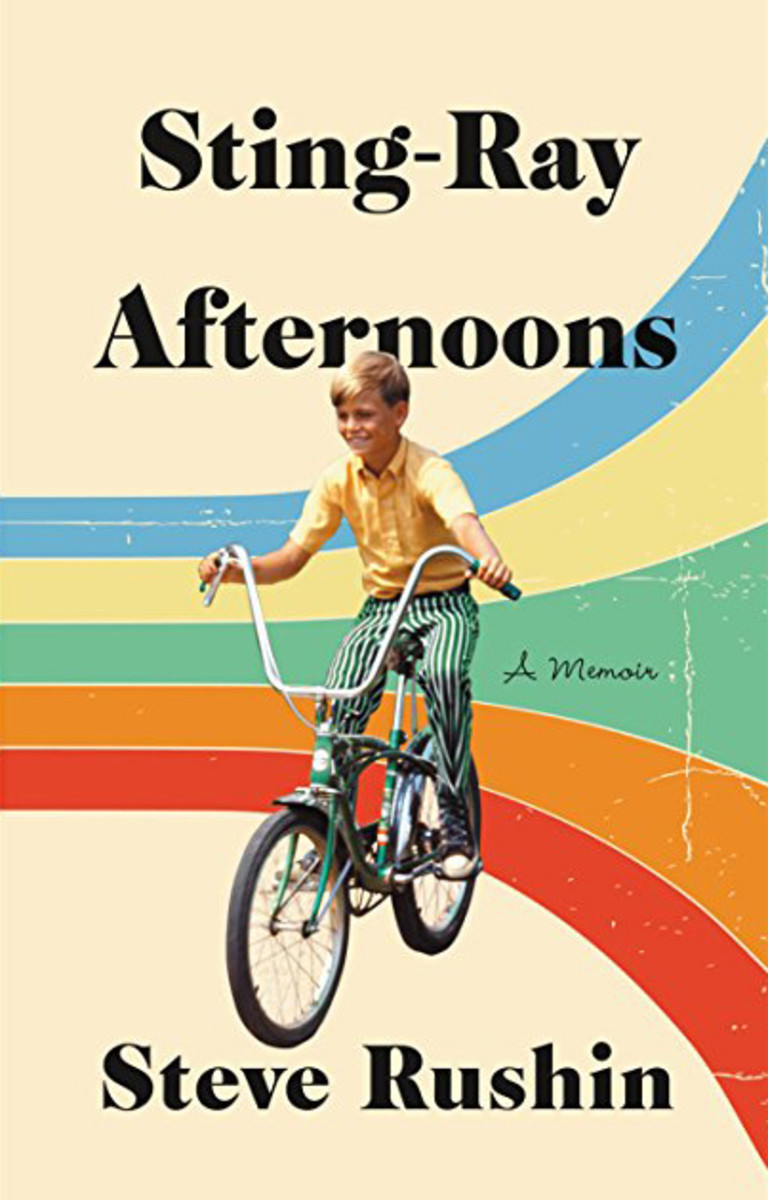
We admire the beaded sweat on our faces reflected in the range window, then run upstairs to Kevin's room, where he withdraws a shoe box from under the bed. It's full of baseball cards, sorted by team, bound by rubber bands, each bundle smelling of gum and new shoes.
More than any book or sports section, any liner notes or album cover, any comic strip or cereal-box side panel or Sears catalog, these baseball cards are my literature, to be pored over, read into, gazed upon, searched for meanings hidden and overt. Toby Harrah's last name is a palindrome. Aurelio Monteagudo has all five vowels in his first name. Ed Figueroa has all five vowels in his last name. Len Randle is poised to field a ball—knees bent, head up, glove gaping—despite already holding a baseball in his meat hand. Tito Fuentes is wearing an orange terry-cloth headband around the outside crown of his Giants cap.
These men have sideburns like the snow brushes we keep in the way back of the station wagon. Their Afros make Mickey Mouse ears out the sides of their caps. Not a single player smiles as he stares into the middle distance of some sun-scorched spring training field with a faintly menacing air of take-the-damn-picture-already impatience. And yet these men, these cardboard giants, are in almost all other ways exactly like Kevin and me.
The back of every 1974 Topps card has a short sentence about the player. And in many cases what we learn is that the player works in the real world when he isn't playing baseball. Like the records in Kevin's big sister's room—the 45s, the singles—the flip side of these cards is less prominent but often more interesting and rewarding.
Doug Griffin's fact appears beneath a line drawing of a baseball player in a carnival ticket booth, a string of tickets spilling outward like sausage links. The caption says, "Doug spends off-seasons selling tickets for the Bosox." Whatever the job, the player is always depicted in full uniform, so that pitcher Paul Splittorff is drawn making milk deliveries while dressed for a Royals game: "Paul works for a dairy during the off-season." Skip Lockwood—briefcase, baseball uniform—"works in life insurance off-season." Lee Lacy—mailbag, baseball uniform—"handles mail in off-season." Steve Busby—hard hat, baseball uniform—"is a construction foreman off-season." Chuck Goggin won a Purple Heart and a Bronze Star in Vietnam and then wore them—according to the cartoon on the back of his card—pinned to his baseball uniform.
Sadly, none of the Twins has ever appeared in South Brook in full uniform to deliver the mail or fix the furnace because these gods all spend their off-seasons in sunny places with exotic names like Jupiter, Fla., and Surprise, Ariz., and Rancho Cucamonga, Calif.
In every other respect the men on the fronts of the cards—to judge by the backs of their cards—have interests that align exactly with ours, beginning with baseball but not ending there. Like us, Mike Cuellar "likes the comics." George Theodore "likes marshmallow milkshakes." Jim Holt of the Twins "enjoys watching television." Tom Paciorek "has a great appetite for hamburgers." Walt (No Neck) Williams's "hobby is drawing." Ernie McNally's hobby "is being out-of-doors." And the back of Hal Lanier's baseball card says, simply, "Hal collects baseball cards."
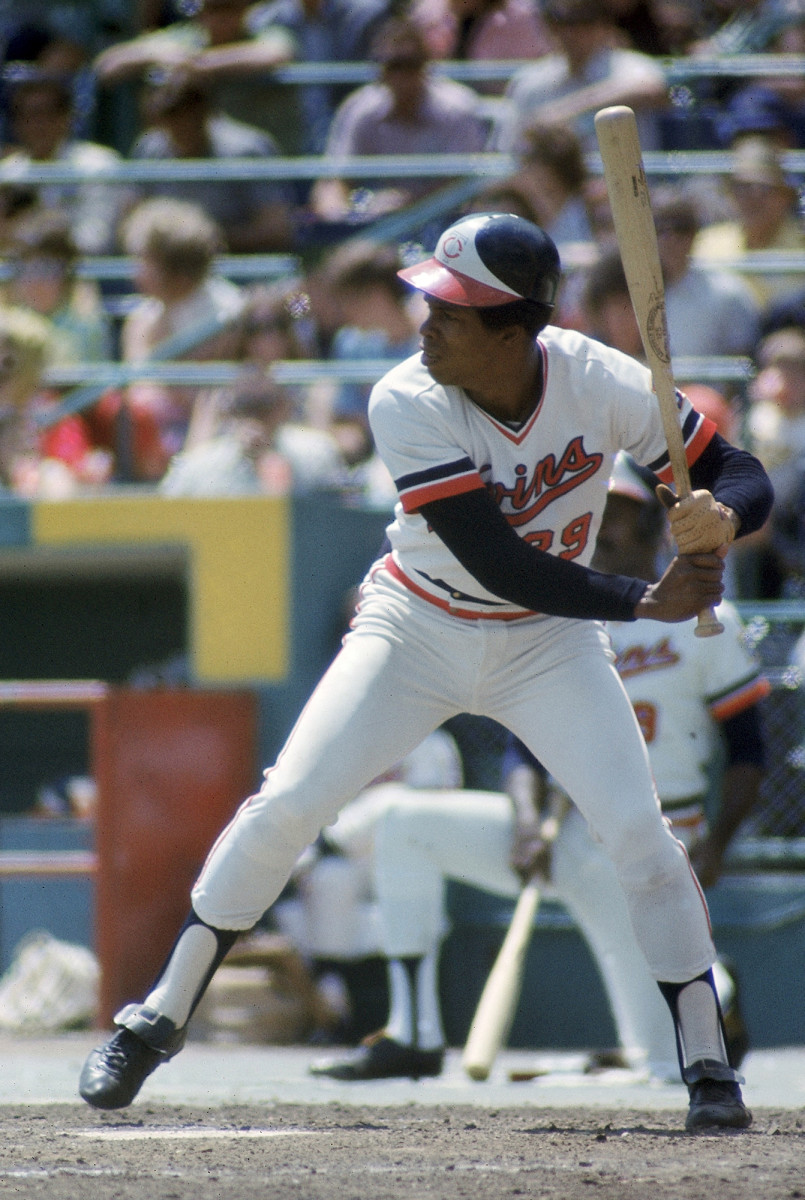
Only I don't really collect baseball cards. I have about a dozen guys no one has ever heard of standing at attention in a Velveeta box in my closet, but when I brought them to Kevin's house one day, his sister Pam's boyfriend looked at my cards and casually dismissed them before gazing in exaggerated wonder and phony astonishment at Kevin's collection, in an obvious effort to ingratiate himself with Pam.
Kevin's sister is a cheerleader at Lincoln. Every kid in South Brook will go there. My brother Jim will be going to Lincoln in a year. He's 13 now, and lefthanded, with a dark-red Afro that makes him more like Rod Carew than the rest of us combined. He's a dominant baseball pitcher, has a terrifying slap shot and will soon be playing varsity hockey, football and baseball for the Bears as well as setting the school's all-time record in the bench press, a skill he has honed on the little Sears weight set in the basement. He easily pins Tom or me to the floor, kneeling on my cooked-spaghetti biceps while drooling onto me or administering the 99 Bump. If we give him any fight-back or lip, he says, "You have made a grievous error" and redoubles his tortures.
To any question I ask, Jim usually replies, "You writing a book?" Or he answers with another question of his own: "Does your face hurt? 'Cuz it's killing me." Any declarative sentence is met with, "Wanna cookie?" Or "Wanna medal, or a chest to pin it on?" If I tell him I got a hit in my baseball game, he'll say, "You're my hero."
Jim's "the man of the house" when Dad's away, as Dad often is. Like the monster on the Dixie Riddle Cup, the best way to talk to my jet-setting father is long distance.
Dad comes home from Los Angeles one summer night in 1974 and—evidently caught short at the airport or gas station—he pulls from his briefcase a hastily purchased present. It's a three-pack of '74 Topps cards in a cellophane wrapper, 42 cards in all. Through the first windowpane I see the horizontal action image of Dodgers first baseman Steve Garvey. In a single act of God, I have tripled my baseball card collection, and my first thought is to find Pam Sundem's boyfriend and see him try to dismiss this titanic assembly of today's superstars. Vida Blue! Joe Morgan! Rodney Cline Carew! They all go into the Velveeta box, which in turn goes under my bed. They're safe, and so am I, tucked under a Sears Orlon blanket, warm in bed, counting Bananas and Mississippis until I fall asleep.
